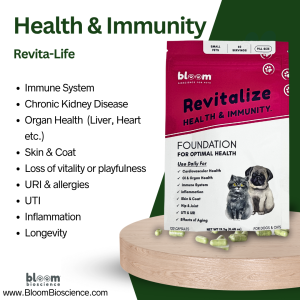Edema is more than just excess water in the body. It’s a complex fluid imbalance caused by a breakdown in the body’s ability to retain fluid in the vascular space. Specifically, it’s not just “water weight” being retained—it’s nutrient-rich, protein-carrying plasma escaping the bloodstream and pooling where it shouldn’t.
Edema isn’t a disease itself, but rather a symptom of an underlying condition or imbalance. We (at Bloom) can’t emphasize enough that treating symptoms, rather than the root cause, allows a disease to manifest and become worse. i.e. treating edema with diuretics is an example of treating a symptom.
The Physiology Behind Edema: The Four Key Forces Behind Fluid Exchange
Fluid movement between the capillaries and surrounding tissues is governed by Starling’s forces:
- Capillary Hydrostatic Pressure (CHP): Pushes fluid out of the capillaries into the interstitial space.
- Interstitial Hydrostatic Pressure (IHP): Opposes CHP by pushing fluid back into the capillaries.
- Capillary Oncotic Pressure (COP): Pulling force created by plasma proteins (especially albumin, but also globulins and fibrinogen) that draws water back into the capillaries.
- Interstitial Oncotic Pressure (IOP): Pulling force exerted by proteins in the interstitial space, attracting water out of the capillaries.
In health, these forces are balanced so that nutrients are delivered to tissues and excess fluid is returned to circulation. When capillary oncotic pressure falls, reabsorption is impaired, leading to fluid accumulation in tissues.
How Edema Develops
Edema can result from:
- Increased Capillary Hydrostatic Pressure – as in heart failure or venous obstruction.
- Reduced Capillary Oncotic Pressure – often due to low albumin from liver disease, kidney disease, proteinuria or malnutrition.
- Increased Capillary Permeability – as occurs in inflammation or allergic reactions.
- Lymphatic Obstruction – which prevents the removal of excess fluid and proteins from tissues.
When oncotic pressure inside capillaries drops (especially from low albumin), the pulling force that draws water back into circulation weakens. Fluid then accumulates in tissues, overwhelming the lymphatic system.
What Causes Low Oncotic Pressure?
- Proteinuria: Loss of albumin and other proteins through the urine due to kidney damage.
- Protein-losing enteropathy: Loss of plasma proteins through the GI tract in diseases such as inflammatory bowel disease, lymphoma, or chronic enteritis.
- Liver disease: Reduced albumin synthesis.
- Malnutrition: Inadequate dietary protein or impaired absorption (including microbiome damage from antibiotic overuse).
- Leaky vasculature: Inflammatory processes increasing capillary permeability.
Why Diuretics and Taps Fail to Treat the Cause
Diuretics (i.e., Lasix/furosemide) are commonly prescribed to remove excess fluid through increased urination. Similarly, in certain cases such as large effusions, a “tap” (paracentesis or thoracentesis) is performed to drain the fluid directly. While these can provide rapid relief from discomfort or breathing difficulty, they only address the symptom — the excess fluid — without correcting the underlying imbalance in Starling forces.
Diuretics and Taps:
- They do not restore oncotic pressure.
- They do not correct plasma protein deficits.
- They deplete crucial nutrients, which compound edema/disease.
- Fluid will often reaccumulate quickly unless the underlying cause is addressed.
- Diuretics can increase blood viscosity and stress the kidneys.
These are symptom-management tools, not solutions to the root imbalance in Starling’s forces. If the root cause, such as low oncotic pressure from protein deficiency, is not addressed, the fluid will often return.
A Root Cause: Oncotic Pressure
The long-term correction of edema, when due to low oncotic pressure, requires restoring plasma protein levels, especially albumin. This can be done by:
- Improving dietary protein intake (quality and digestibility are crucial).
- Supporting liver function so it can produce adequate albumin.
- Reducing excessive protein loss from the kidneys or gut.
- Addressing inflammation and vascular injury to reduce protein leakage.
When oncotic pressure is restored, fluid naturally returns to the circulation, and swelling subsides without constant symptom-focused intervention.
Zeta Potential: The Overlooked Factor
Zeta potential is the electrostatic charge on plasma proteins and red blood cells that keeps them suspended and prevents aggregation. Healthy zeta potential:
- Prevents clumping of proteins and cells.
- Protects capillary wall integrity.
- Reduces protein leakage and microvascular injury.
When zeta potential is low, blood flow slows, vascular stress increases, and protein loss accelerates.
How Two supplements from Bloom Bioscience help target the root cause
Revitalize Hydration helps optimize blood quality by:
- Balancing electrolytes for proper hydration distribution.
- Restoring serum zeta potential, which:
- Reduces CHP (reduces blood pressure)
- Inhibits blood clotting
- Improves blood flow and nutrient delivery
- Increases COP, by reducing proteinuria (if presenting)
- Supports Kidney and urinary tract health

Revitalize Health & Immunity helps optimize microvascular health by:
- Supporting healthy vascular lining integrity (endothelial function) to prevent protein leakage
- Potent antioxidants (Quercetin, Spirulina, Lactoferrin, L-cysteine)
- Vascular nutrients (Hyaluronic Acid, MSM, Nattokinase, Glucosamine)
- Gastro intestinal support for vital nutrient absorption (NAG, Betaine HCl, Lactoferrin)

Rutin-Cat, Optional 3rd Supplement, if your pet has
- Pleural Effusion
- Abdominal Effusion
- Chylothorax
- Fibrosis

Conclusion:
This approach targets the root cause of edema rather than masking symptoms. Diuretics and taps should be used sparingly as needed under a veterinarian’s guidance. Bloom supplements do not interfere with typical drugs prescribed for edema. If the edema is caused by a communicable disease, then appropriate medications will still be necessary to address the infection alongside supplement support. Always consult with a veterinarian when treating any health conditions in your pet.
Special Note: Pleural Effusion Is Edema, Too
Pleural effusion—fluid in the space around the lungs—follows the same Starling’s force principles. It can be:
- Transudative (low-protein, caused by low oncotic pressure or high hydrostatic pressure).
- Exudative (high-protein, caused by inflammation or infection).
Restoring oncotic pressure and zeta potential can help resolve transudative effusions by improving protein retention and vascular stability.
💡 Bloom Insight: Antibiotics, Malnutrition & Edema
Even if your pet is eating a high-quality diet, nutrient absorption can fail if the gut microbiome is damaged. Antibiotic overuse can:
- Disrupt nutrient absorption.
- Cause functional malnutrition.
- Lead to protein deficiency and reduced oncotic pressure.
This deficiency can result in edema—even when food quality is optimal.
Watch for our next post: When the Gut Leaks the Truth: Antibiotics, Malnutrition, and Hidden Edema
References & Related Bloom Articles
- Zorro’s Case Study: Proteinuria and Recovery
- Feline Diabetes and Zeta Potential
- Hydration and Blood Viscosity
- Part III: Understanding and Managing Proteinuria in Feline Chronic Kidney Disease » Bloom Bioscience
- Revitalize Hydration for Feline CKD: Prevention & Support » Bloom Bioscience
For more, visit https://bloombioscience.com



